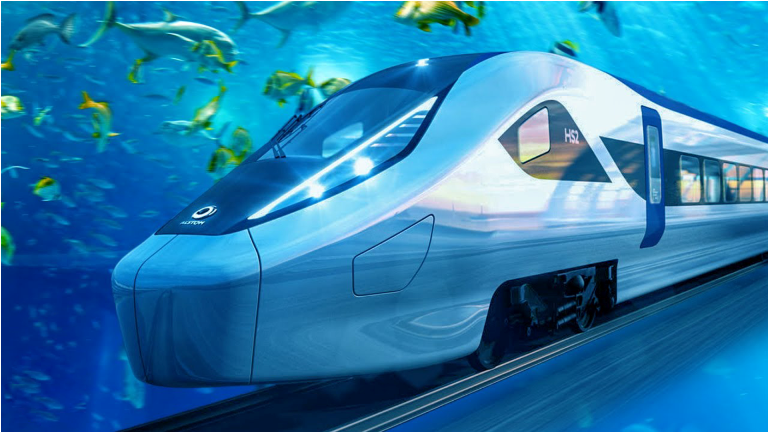The rising population in India is bringing new challenges to the basic living commutation needs of its citizens every day. When it comes to heritage and old populous Indian cities like Kolkata, the challenges became manyfold. The transportation in Kolkata ranges from a rickshaw to air connectivity as the central hub for most of the regional as well as international travels across and from the country.
The hand-pulled rickshaws are still can be seen on Kolkata roads and give a past century, pre-independence socio-economic linked experience to the travelers. But the same city is also hosting India’s first state-of-the-art underwater metro project by the Kolkata Metro Rail Corporation (KMRC) under the aegis of Indian Railways.
The underwater tunnel is part of the European-style Kolkata East-West Metro line project that will be running between the two historical and iconic railway stations of the city Howrah and Sealdah. The cutting-edge technology has been adapted by KMRC to bore the underwater tunnel in the river Hooghly, the main distributary of Ganga.
The Kolkata metro has ensured the use of the “Earth Pressure Balance” machine to bore the tunnel without disturbing the ongoing traffic on one of the busiest routes of Kolkata for this project. The construction has not affected the economic and regular commuting activities on the route and life went all smooth on the roads above the construction site.
The local people and many domestic and international travelers coming to this historic city will go to experience a 1-minute ride on this 520 meters-long twin bound water tunnel 30 meters below the Hooghly riverbed. It is expected that around 1 million passengers per day will use this 16.6 km metro line by 2035 and relax the traffic on local roads and trams.
This will also add some fresh air to breathe and more space to walk on excessively busy Kolkata roads. The phase-wise opening of this first-of-kind project on India’s gateway to the South-East Asia region will bring a revolution in the construction, engineering and transportation sectors of India majorly while benefitting the people, trade, tourism and environment at large.

